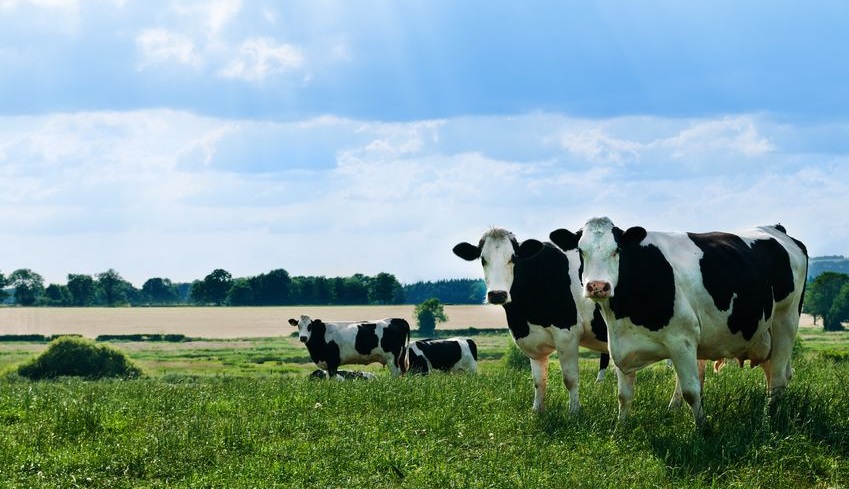
A classification scheme for British dairy farms is being developed to enable targeted support for farmers based on herd feeding.
This is the first step in a five year project to increase feed efficiency.
Currently feed efficiency is based on milk output per unit of feed input for the milking herd, while in reality feed is also consumed by non-milking animals such as dry cows, herd replacements and bulls, not to mention the effects of feed quality and wastage.
There is a gap in information on total feed use, which this project aims to fill.
Feed costs are one of the greatest costs per litre of milk produced, at 9.3 pence per litre on average.
If dairy farms were to make small reductions in the use of feed and maintain or improve milk output then this would improve feed efficiency across the dairy sector.
It will represent a significant cost saving on dairy farms and an improvement in competitiveness of the British dairy sector.
'Tough decisions'
Professor Phil Garnsworthy of the University of Nottingham explains: "Feed efficiency generally increases with increasing milk yield, but for any production system there is an optimum marginal efficiency beyond which it is uneconomic to chase further increases in milk yield.
"Market volatility can affect the optimum, and leaves producers facing tough decisions about whether and how to adapt their feeding and management strategies in order to get the best margin from available contracts and market options."
The project will set up key performance indicators for whole farm feed efficiency in five categories of production system.
"The end result will be a set of farmer-friendly guidelines on how to calculate whole-farm feed efficiency," said AHDB Dairy's Dairy Senior Scientist, Dr Jenny Gibbons.
Farmers will be able to benchmark the results with the system potential and similar farms; and consider which practices would benefit most from attention.
Dr Gibbons said, "The majority of farmers should be able to identify some simple cost-effective changes that would make a difference to whole-farm feed efficiency and margins.
"Farmers will also be able to assess potential opportunities to increase margins by altering feed efficiency in response to changes in market prices for feed and milk."
